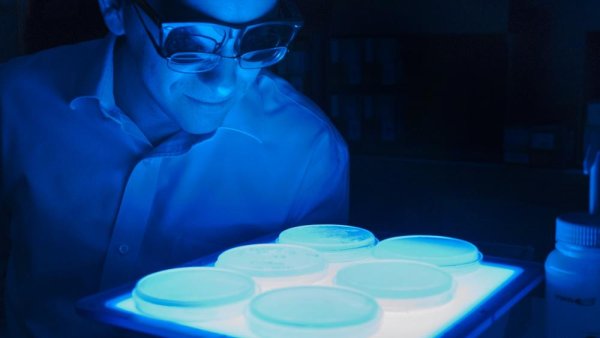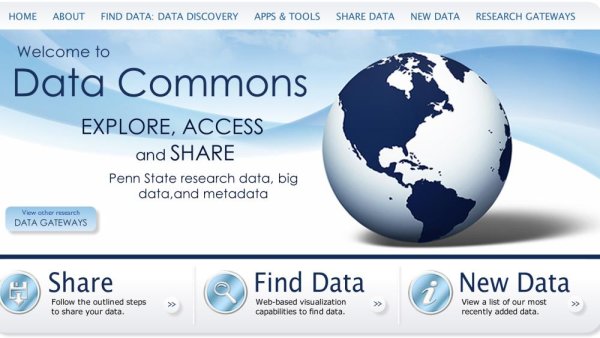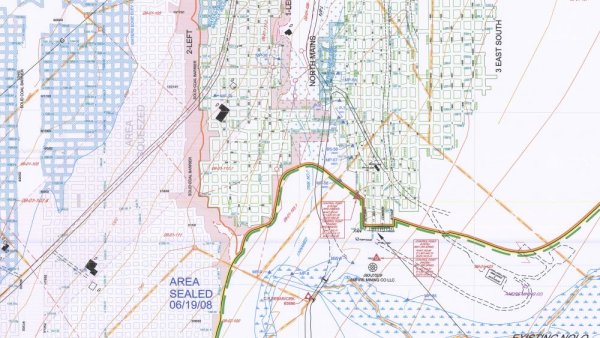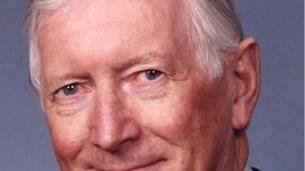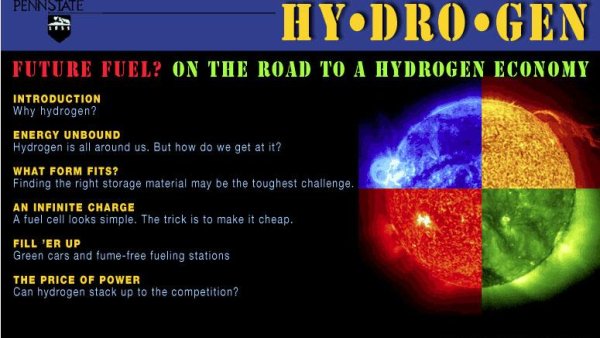NASA awards $30M grant to Penn State to help answer climate questions
| psu.edu
Penn State will lead a five-year, $30 million mission to improve quantification of present-day carbon-related greenhouse gas sources and sinks. An improved understanding of these gases will advance our ability to predict and manage future climate change.
The future looks bleak for bones
| theatlantic.com
How the advent of agriculture and online food ordering changed the human skeleton for the worse.
Fragile bones of modern humans result from reduced physical activity
| psu.edu
The comparatively light bone structure of modern humans compared to early human species and other modern primates may be due to the modern abandonment of the constant physical activity that was inherent in the life of early hunter gathers, according to an international team of researchers. This knowledge may aid in prevention of osteoporosis and hip fracture in the elderly.
Turning biologists into programmers
| psu.edu
For more than half a century scientists have looked on the DNA molecule as life's blueprint, but biological engineers are beginning to see the molecule not as a static plan, but more like a snippet of life's computer code that they can program. Penn State researchers are now unraveling the mystery of how nature codes and recodes this program to address some of the world's biggest challenges, says Howard Salis, assistant professor of biological engineering and chemical engineering.
Data Commons connects researchers through data sharing
| psu.edu
In order to promote open access to research data, many funding agencies such as the National Science Foundation (NSF) and the National Institutes of Health (NIH), require that research data generated by publicly-funded projects be made publicly available. In addition, some journals require authors to make materials, data and associated protocols promptly available to readers as a condition of publication. Researchers can now more easily comply with these policies by utilizing the services of Penn State’s Data Commons.
Penn State, DEP collaborate on digital Pennsylvania Mine Map Atlas
| psu.edu
The Pennsylvania Mine Map Atlas is now available online. The atlas is a new initiative of the Pennsylvania Department of Environmental Protection and Penn State's Pennsylvania Spatial Data Access Program that not only allows homeowners to view previously unavailable mine maps, but also allows them to see their home's proximity to the nearest underground mine.
Inaugural Huck Fellowships awarded
| psu.edu
This year marks the inaugural awarding of the J. Lloyd Huck Fellowship to four promising young students – Megan Kepler, Lucilla Pizzo Suarez, Sam Jones and Zhi Chai – who will arrive at University Park in the fall of 2013.
Science Seminars: Jan. 21 to 27
| psu.edu
Science Seminars for Jan 21 to 27
Probing Question: Are there harmful ingredients in cosmetics?
| psu.edu
The Johnson & Johnson company made news recently with the announcement that it plans to remove "a host of potentially harmful chemicals" from its U.S. product line by the end of 2015, becoming the first major manufacturer of consumer products to make a commitment of this kind to the public. It's likely that many consumers were not even aware that "ingredients of concern" were in personal care products to begin with. What are these chemicals and are they safe for use in cosmetics?
Video: Faculty collaboration leads to possible leukemia cure
| psu.edu
Penn State scientists in the College of Agricultural Sciences have developed an inspiring collaboration that may cure leukemia. Sandeep Prabhu, associate professor of immunology and molecular toxicology in the Department of Veterinary and Medical Sciences, specializes in the health benefits of fish oil. Robert Paulson, associate professor of veterinary and biomedical sciences, is studying the stem cells that cause leukemia. They connected their seemingly separate study areas during a weekly faculty lunch. The result? A possible cure for leukemia.
Hydrogen: The future fuel
| psu.edu
Beyond petroleum Is hydrogen the answer? "I will get right to the point," declared Nobel laureate Richard Smalley, speaking before Congress. "Energy is the single most important problem facing humanity today. We must find an alternative to oil. We need to somehow provide clean, abundant, low-cost energy to the six billion people that live on the planet today, and the 10-plus billion that are expected by the middle of this century."




